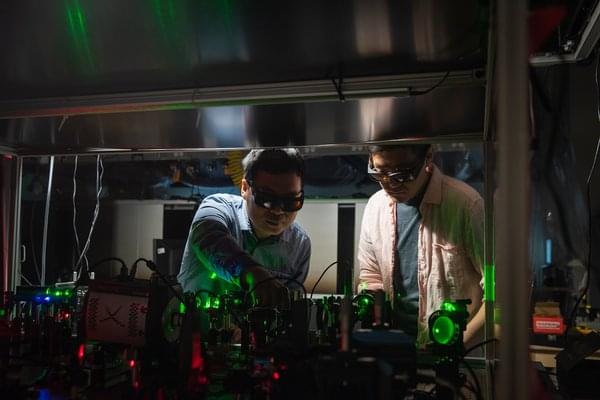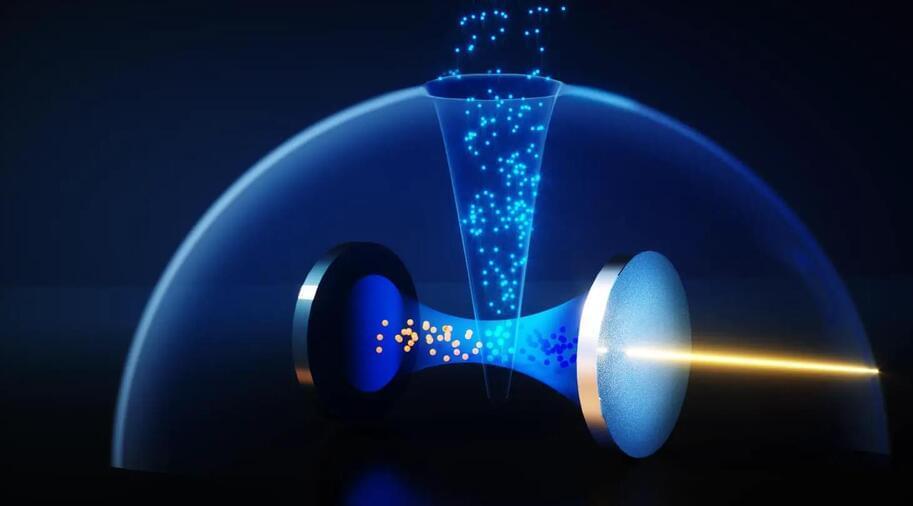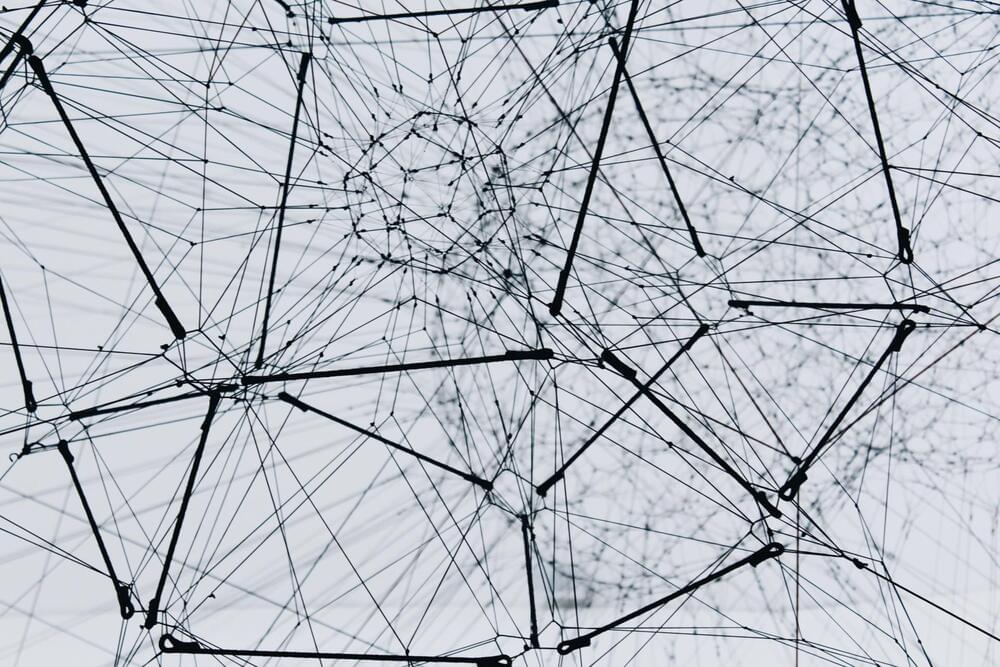Gravitational wave astronomy is still in its early stages. So far it has focused on the most energetic and distinct sources of gravitational waves, such as the cataclysmic mergers of black holes and neutron stars. But that will change as our gravitational telescopes improve, and it will allow astronomers to explore the Universe in ways previously impossible.
Although gravitational waves have many similarities to light waves, one distinct difference is that most objects are transparent to gravitational waves. Light can be absorbed, scattered, and blocked by matter, but gravitational waves mostly just pass through matter. They can be lensed by the mass of an object, but not fully blocked.
This means that gravitational waves could be used as a tool to peer inside astronomical bodies, similar to the way X-rays or MRIs allow us to see inside a human’s body.







